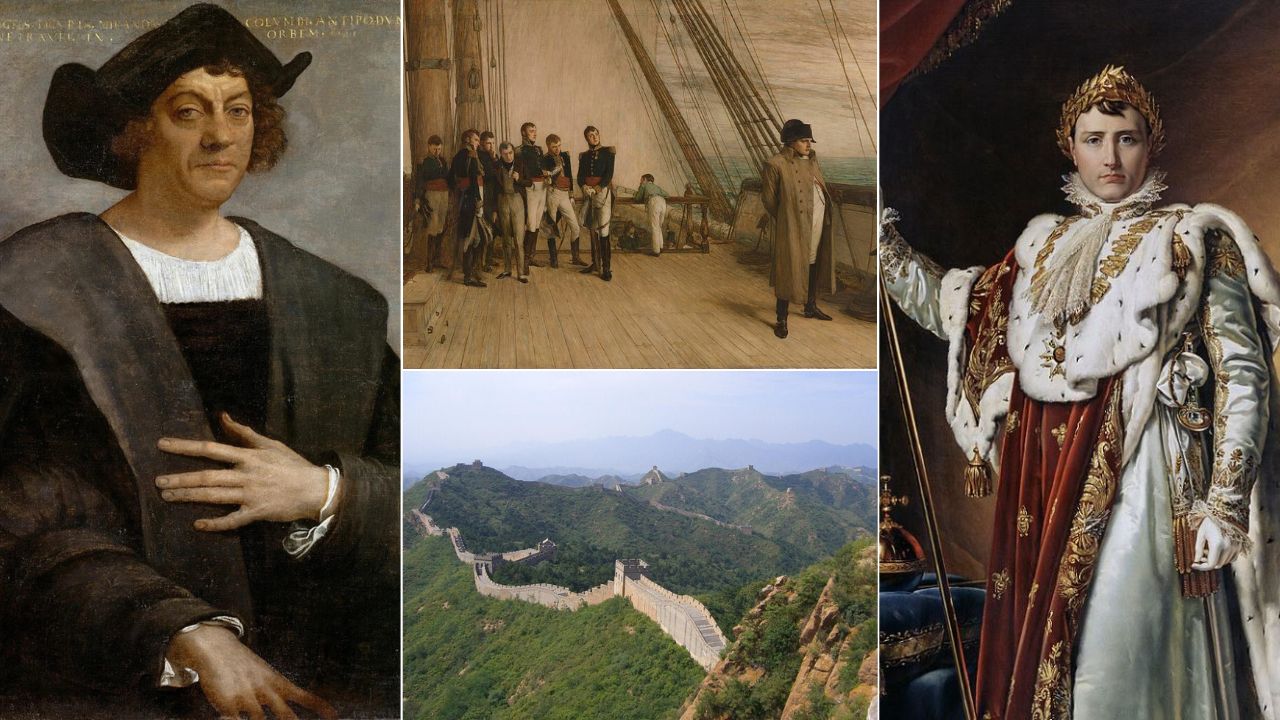Throughout history, certain myths and misconceptions have shaped how we view pivotal events, famous figures, and key moments in time. These misunderstandings are often perpetuated by popular culture, textbooks, and old stories, distorting the true facts and obscuring the complexity of historical events. By debunking these misconceptions, we can gain a clearer and more accurate understanding of history. Here are 12 common misconceptions that have twisted how we see the past and why they don’t hold up.
1. Christopher Columbus Discovered America
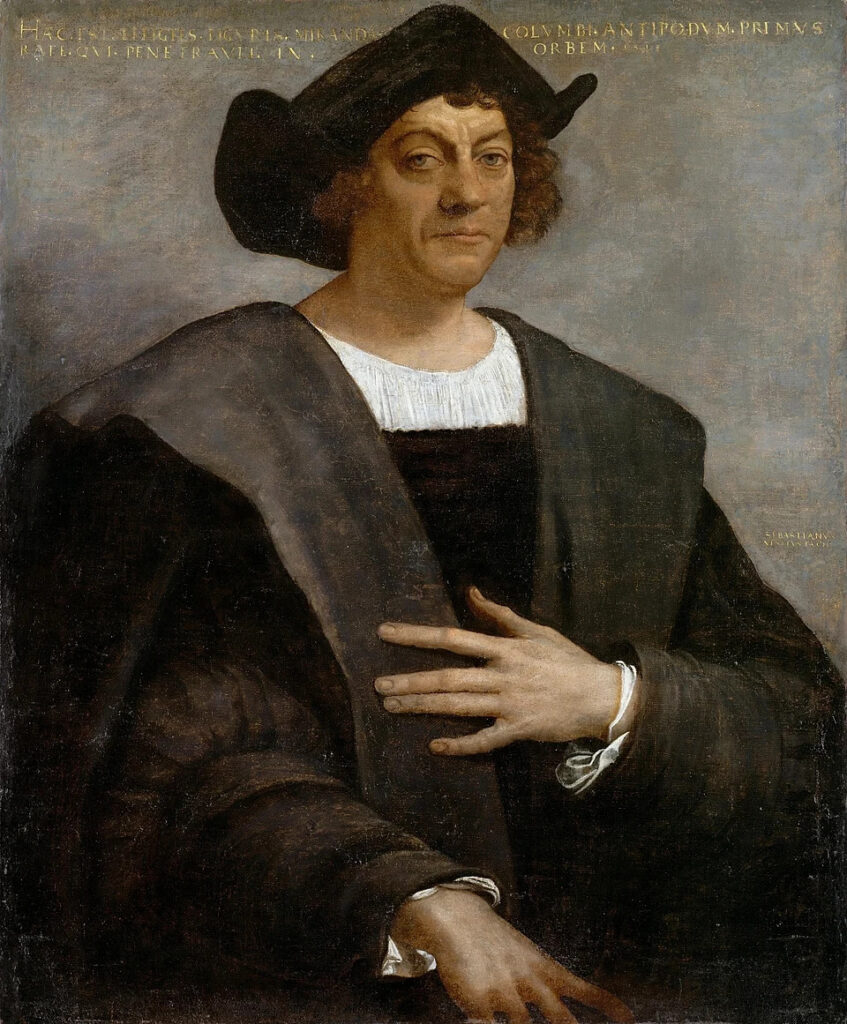
The myth that Christopher Columbus discovered America is deeply ingrained in Western history, but it overlooks the fact that indigenous peoples had been living on the continent for thousands of years before Columbus arrived. Additionally, Norse explorer Leif Erikson reached North America around the year 1000, nearly 500 years before Columbus. Columbus’s voyages in 1492 did, however, open the way for European exploration and colonization of the Americas, but calling him the “discoverer” is historically inaccurate.
2. Napoleon Was Extremely Short

Napoleon Bonaparte is often depicted as a short man, but this is a misconception. The myth likely originates from a mix-up between French and British measurement systems. Napoleon was actually around 5’7″, which was average for his time. The idea of Napoleon as a short ruler was perpetuated by British propaganda, and over time, it became part of the popular myth surrounding his character. The short Napoleon myth has since been debunked by historians, who note that his height was not particularly unusual.
3. Cleopatra Was Egyptian
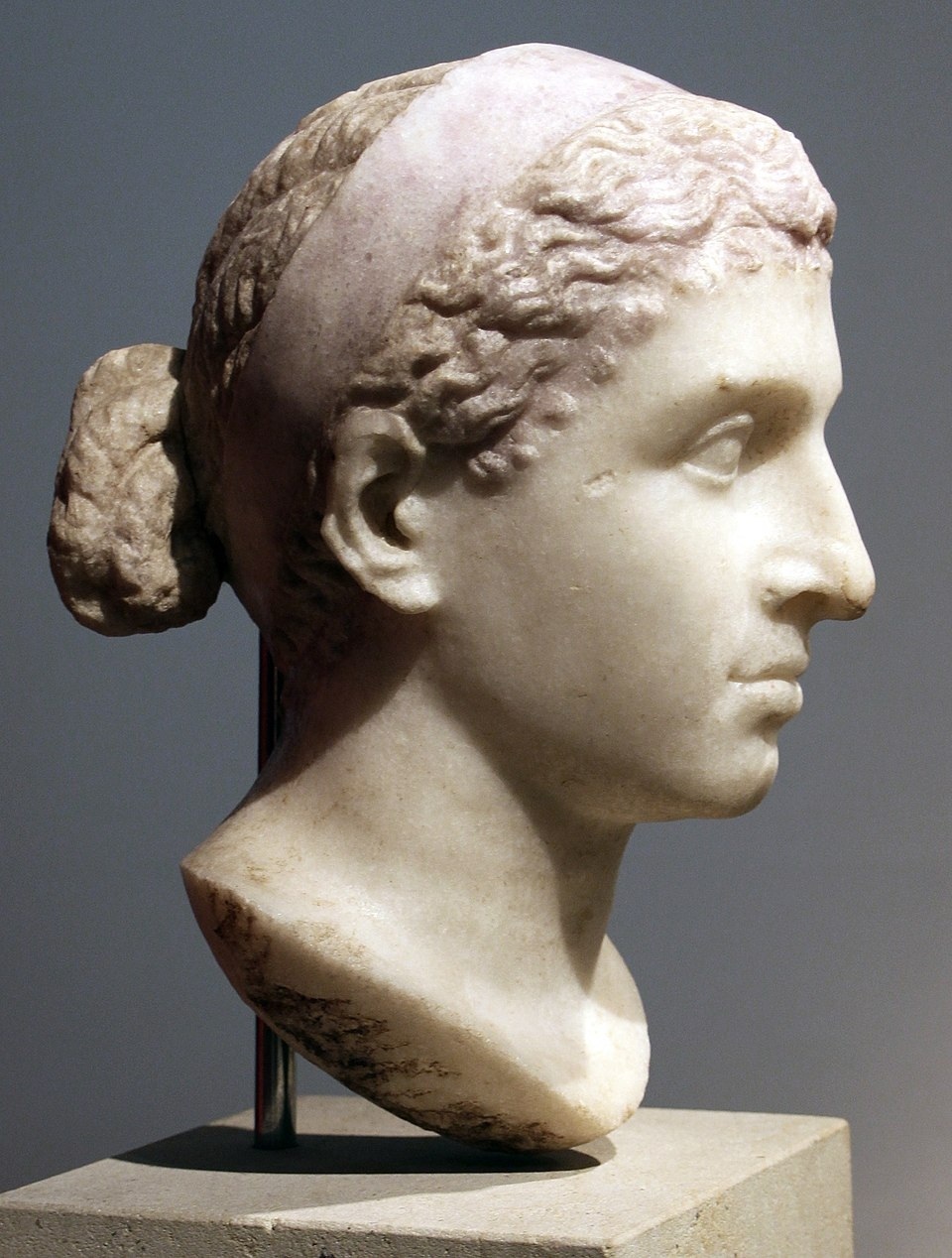
Cleopatra is often thought of as the quintessential Egyptian queen, but she was actually of Greek descent. Cleopatra belonged to the Ptolemaic dynasty, which was founded by Ptolemy I Soter, a Greek general under Alexander the Great. Although Cleopatra ruled Egypt and embraced its culture, she was Greek by birth, and her family had maintained Greek control over Egypt for centuries. She became famous for her political alliances and romantic relationships with Julius Caesar and Mark Antony, but her ancestry was rooted in Greece, not Egypt.
4. The Great Wall of China Is Visible from Space

Contrary to popular belief, the Great Wall of China is not visible from space with the naked eye. Astronauts have reported that the wall is difficult to see without aid, especially since it blends into the natural terrain. The myth that the Great Wall is visible from space likely came from its long, impressive structure, but its color and width make it challenging to spot without magnification. While the Great Wall is a remarkable feat of engineering, its visibility from space is a misconception.
5. Vikings Wore Horned Helmets

The image of Vikings wearing horned helmets has been ingrained in popular culture, but there is no historical evidence to support this claim. The idea likely originated from 19th-century romantic depictions of Viking warriors, particularly in operas and artworks, where they were shown wearing dramatic horned helmets. In reality, Viking helmets were simple, rounded, and made of metal or leather, offering protection during battles. The horned helmet myth has been perpetuated by modern portrayals but has no basis in historical fact.
6. Marie Antoinette Said “Let Them Eat Cake”
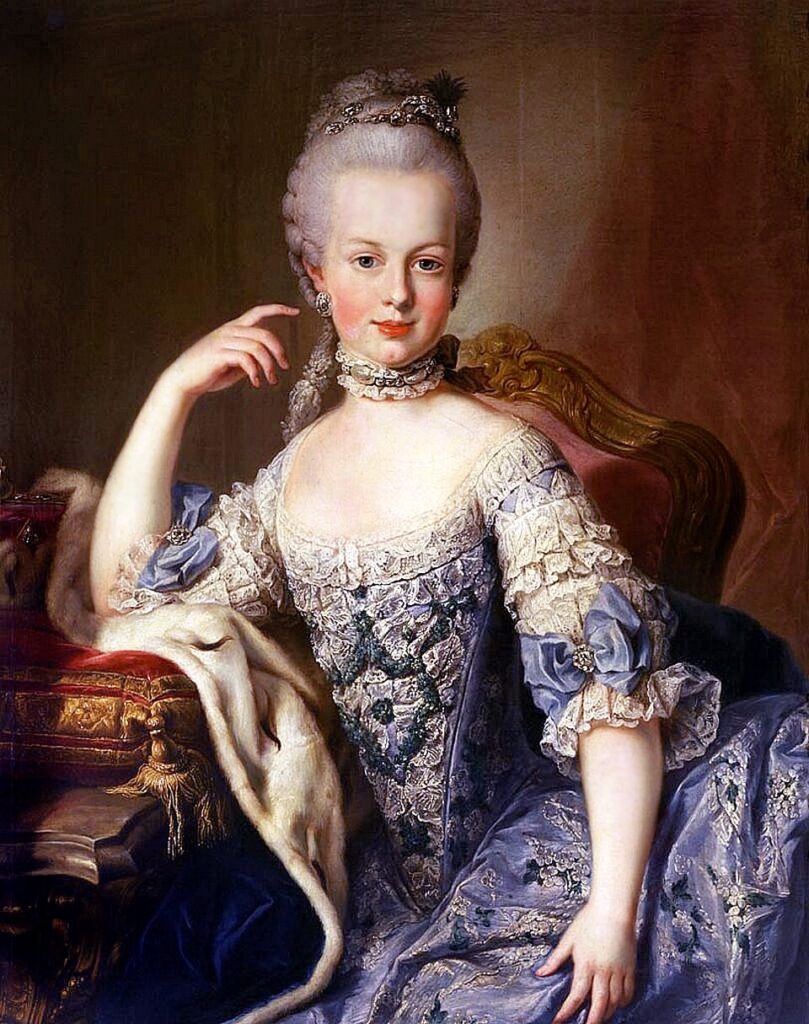
Marie Antoinette, the Queen of France, is famously (and inaccurately) quoted as saying, “Let them eat cake,” in response to the starving peasants of France. This quote is widely believed to symbolize the queen’s indifference to the plight of the poor. However, there is no evidence that she ever said this. The phrase was attributed to her in revolutionary propaganda as a way to vilify her. Historians believe it was more likely that the quote came from someone else, and it was used to tarnish Marie Antoinette’s image during the French Revolution.
7. The Middle Ages Were a Dark Age
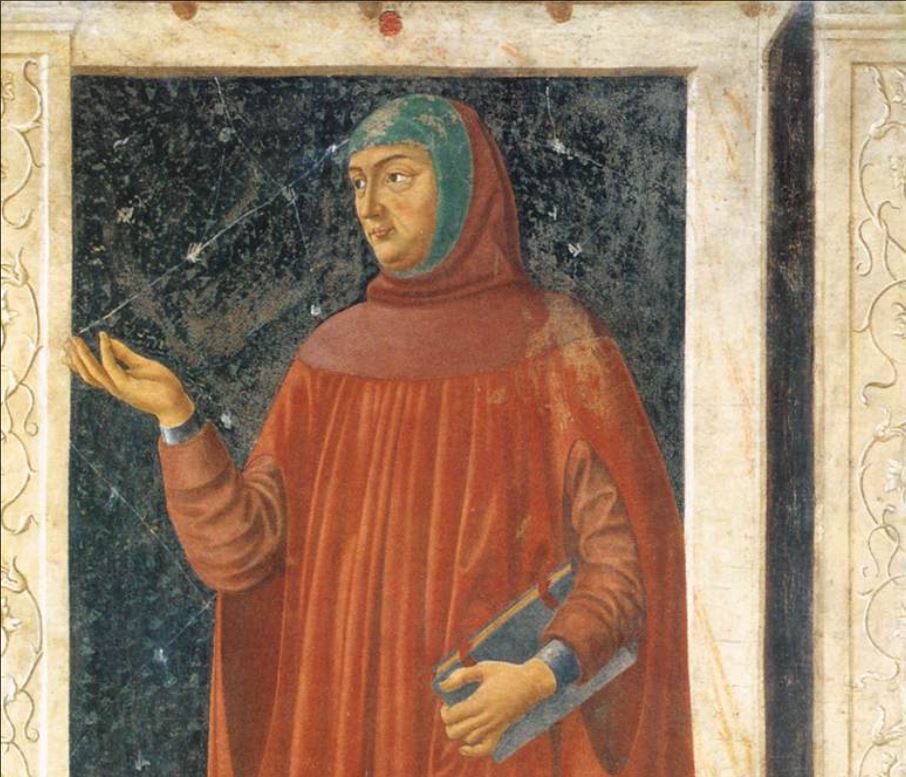
The term “Dark Ages” is often used to describe the period following the fall of the Roman Empire, but this characterization is misleading. While the fall of Rome in the 5th century led to political instability and some regression in trade and infrastructure, the Middle Ages were not an era of total darkness. This period saw significant cultural, technological, and intellectual development, including the rise of universities, the creation of monumental cathedrals, and advancements in agriculture and engineering. The idea of a “dark” era is an outdated perspective.
8. The Salem Witch Trials Executed Hundreds
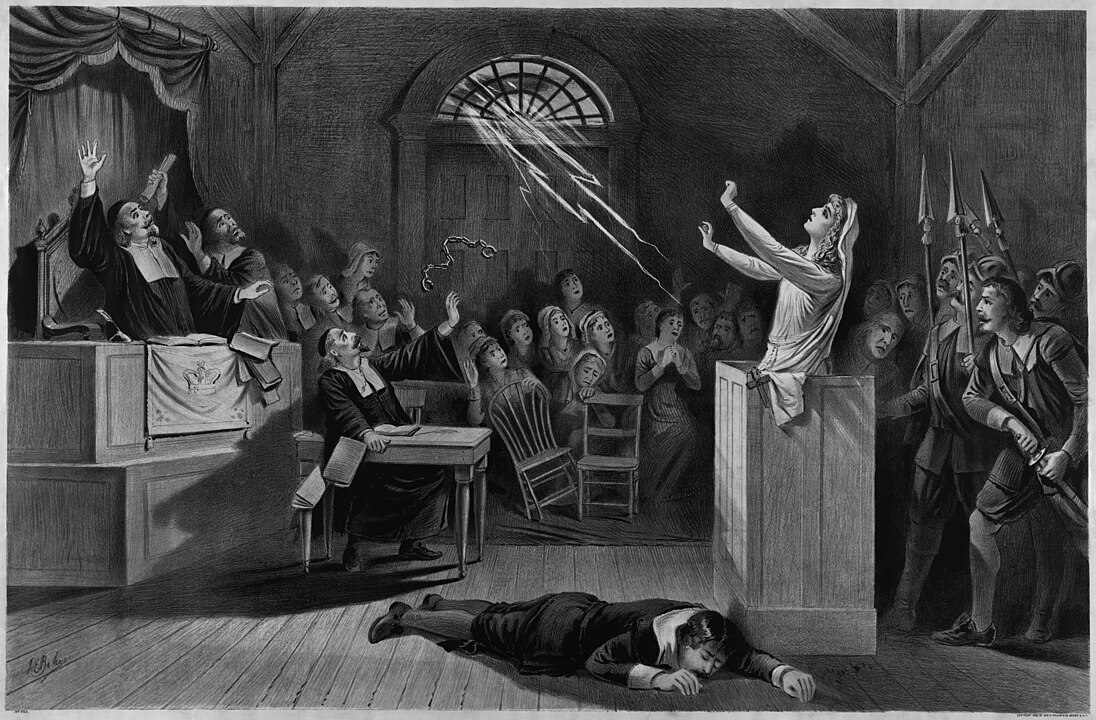
The Salem Witch Trials in 1692 are often thought to have resulted in the execution of hundreds of people, but the actual number of executions was far smaller. Only 20 people were executed, and many others were imprisoned or had their reputations tarnished. The trials were a result of mass hysteria, religious extremism, and social tensions in colonial Massachusetts. The myth of hundreds of executions likely stems from sensationalized accounts of the trials, which have been perpetuated in modern retellings.
9. The American Revolution Was Fought Just for Freedom

While the American Revolution was indeed fought in part for freedom, it was not only about liberty from British rule. The revolution was also about taxation, representation, and colonial autonomy. Many American colonists were unhappy with British policies such as the Stamp Act and Townshend Acts, which taxed goods without proper representation in Parliament. The fight for independence was also motivated by economic factors, such as controlling trade and protecting colonial interests. Freedom was a significant factor, but it was not the only driving force.
10. Columbus Proved the Earth Is Round

The idea that Christopher Columbus proved the Earth was round is a myth. By Columbus’s time, most educated people already knew the Earth was round. Ancient Greek philosophers like Aristotle had provided evidence of the Earth’s roundness, and this knowledge was passed down through centuries. Columbus’s expedition was based on the idea that he could find a shorter route to Asia by sailing west, but his journey did not prove the Earth’s shape—he merely sought new trade routes, unaware of the continents in his way.
11. Napoleon Was Defeated at Waterloo by a Single Blunder
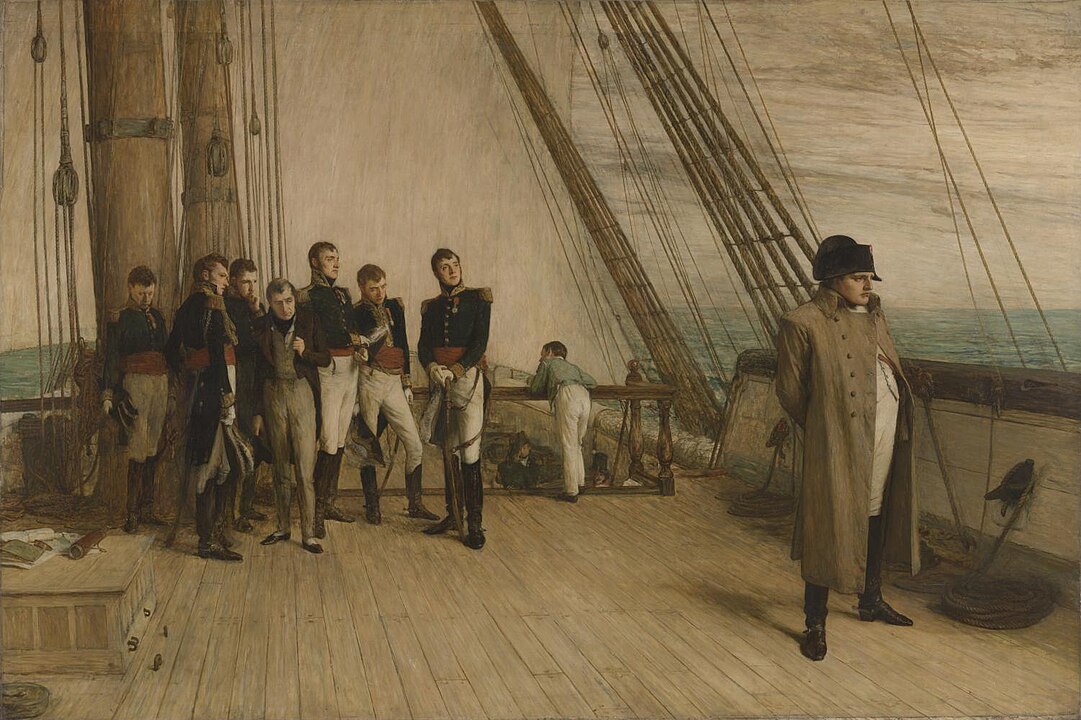
Napoleon’s defeat at the Battle of Waterloo in 1815 is often attributed to a single mistake he made, but the battle was the result of several factors, not just one blunder. The French army faced combined forces from Britain, Prussia, and other European powers, and Napoleon’s forces were outnumbered and exhausted. Strategic mistakes, including the delay in attacking, miscommunication, and the arrival of Prussian reinforcements, contributed to the loss. The idea of a single fatal mistake oversimplifies the complex factors behind Napoleon’s downfall.
12. The Declaration of Independence Was Signed on July 4, 1776
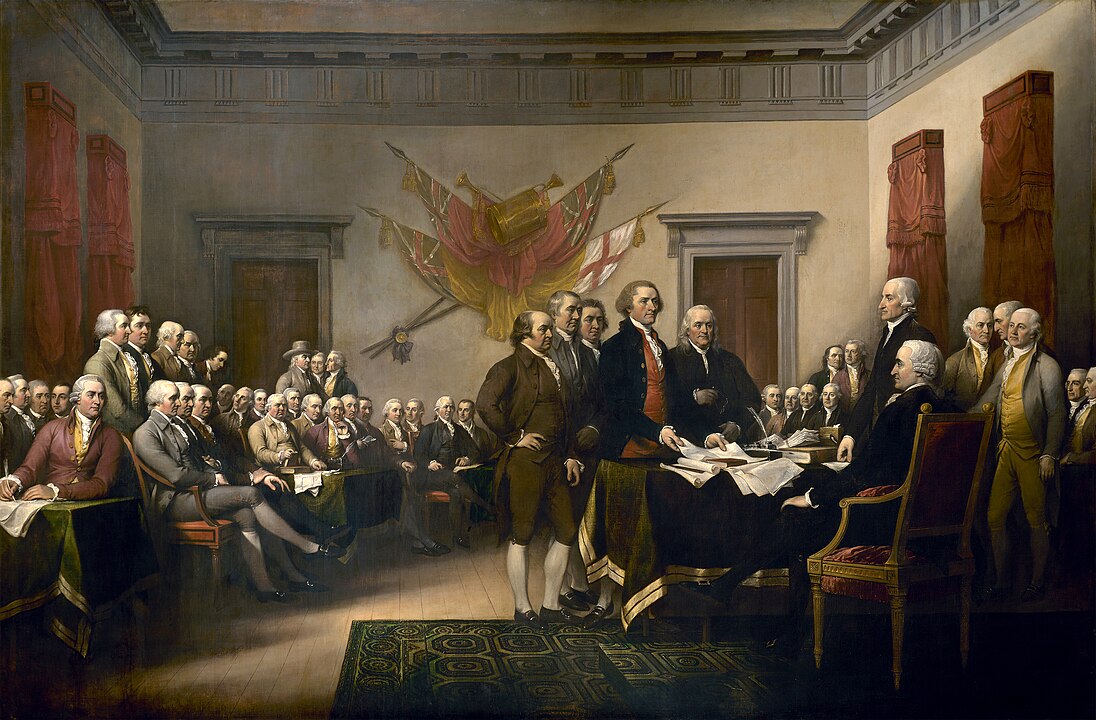
Although the Declaration of Independence is famously associated with July 4, 1776, most of the signers did not affix their names to the document on that day. The Continental Congress formally adopted the Declaration of Independence on July 4, but the actual signing took place over several weeks and even months, with some delegates signing later than others. The date of July 4th is significant because it marks the approval of the document, not the actual signing event.
